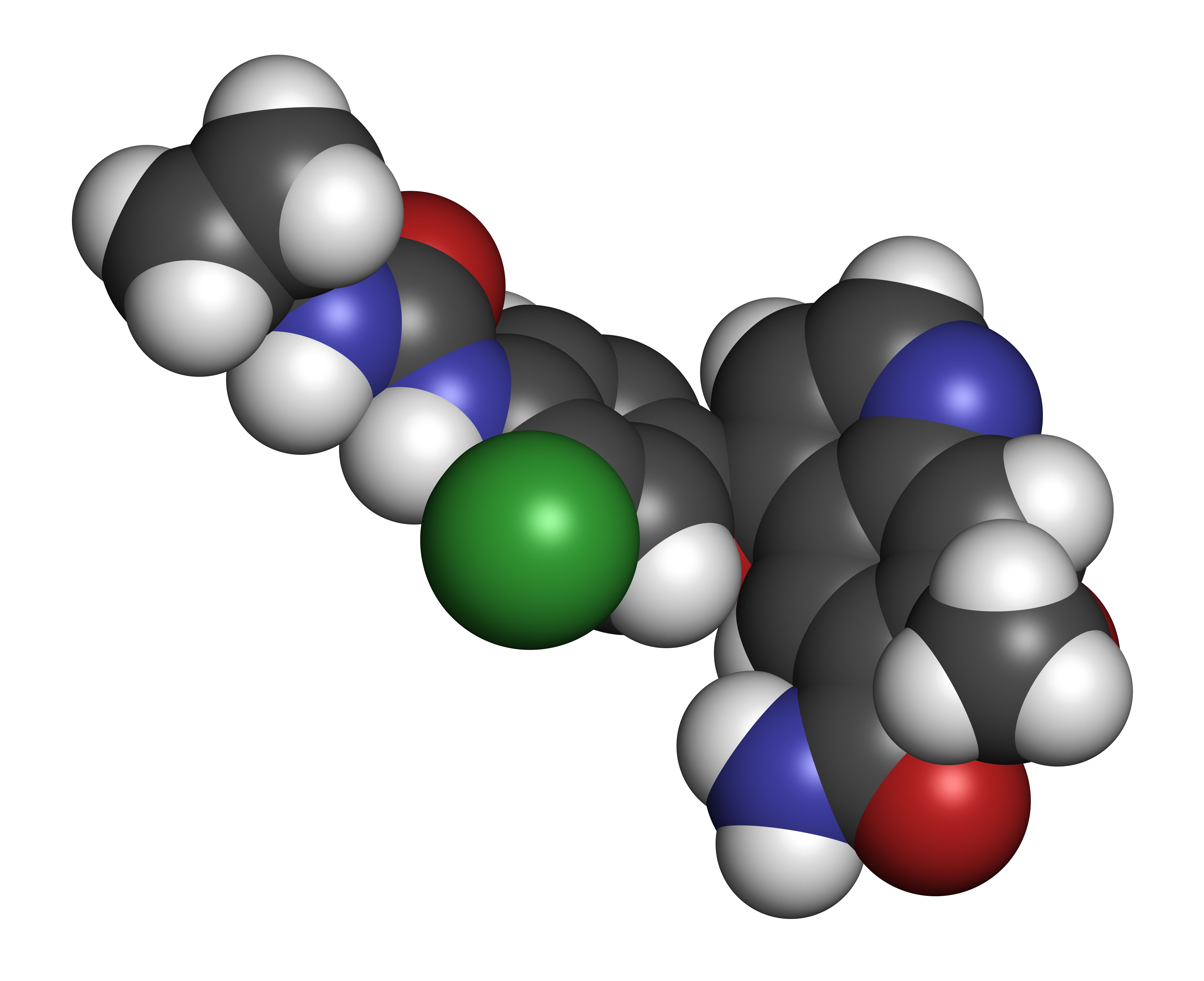LC and Green Chemistry Advancements in Lenvatinib Stability Testing and Environmental Responsibility
A novel lenvatinib stability-indicating method, developed through a quality by design (QbD) approach and embracing principles of green chemistry, offers a robust solution for ensuring the drug's stability under various conditions. Researchers Payal Tiwari and Mital Patel from Shri Vile Parle Kelavani Mandal's Narsee Monjee Institute of Management Studies (SVKM's NMIMS) in Mumbai, Maharashtra, India have developed a novel method for assessing the stability of lenvatinib, an anti-cancer drug used in various medical treatments. The method combines a quality by design (QbD) approach with the principles of green chemistry. It was used to assess the stability and environmental impact of lenvinib, which is used to treat humans with different types of cancer. The research was published in Chromatographia. The researchers' approach successfully identified five distinct degradation products from the process using liquid chromatography and mass spectrometry.

Опубликовано : 2 года назад от LCGC Staff в
In the realm of pharmaceuticals, ensuring the stability of drugs is paramount. It involves scrutinizing drug behaviors under different environmental conditions. Researchers Payal Tiwari and Mital Patel of Shri Vile Parle Kelavani Mandal's Narsee Monjee Institute of Management Studies (SVKM's NMIMS) in Mumbai, Maharashtra, India, have recently contributed to this field with a report published in Chromatographia. The authors wrote about their devising of a novel method for assessing the stability of lenvatinib, which is used to treat humans with different types of cancer, in a way that is environmentally responsible (1). This method combines a quality by design (QbD) approach with the principles of green chemistry.
Lenvatinib is a crucial anti-cancer drug used in various medical treatments, and its stability under different conditions is a critical concern. The research conducted by Tiwari and Patel is framed within the framework of International Council of Harmonisation (ICH) Quality Guidelines Q1A(R2), Stability Testing of New Drug Substances and Products, and Q3, the overall category addressing Impurities, both of which designations are designed to evaluate the degradation behavior of pharmaceuticals under diverse environmental conditions.
The researchers' QbD approach encompasses screening and optimization stages. During the screening phase, they employed the Plackett–Burman design to assess primary parameters. This step was pivotal in identifying the most influential factors in the drug's stability. Following this, response surface design (RSD) was utilized to optimize these critical factors, ensuring the utmost robustness of the method.
Lenvatinib's stability was assessed under various degradation conditions, including acidic, basic, oxidative, neutral, thermal, and photolytic conditions. Achieving separation in this process was made possible with a Shimadzu C18 column, measuring 250 mm in length and 4.6 mm in diameter, with particle sizes as small as 5 µ. The mobile phase consisted of a mixture of acetonitrile and 10 mM ammonium acetate at pH 3.5, with a ratio of 39:61 (v/v) at a flow rate of 0.8 mL/min. The runtime for the analysis was 20 min, with analyte detection at 245 nm.
What makes this research especially significant is the sensitivity of lenvatinib to acid and base hydrolysis. These reactions result in the generation of five distinct degradation products. However, the optimized analytical method developed by Tiwari and Patel—which is compatible with separation by liquid chromatography coupled to mass spectrometry (LC–MS)—successfully identified these products. The method, according to the authors, showcases high sensitivity, reproducibility, specificity, and robustness.
